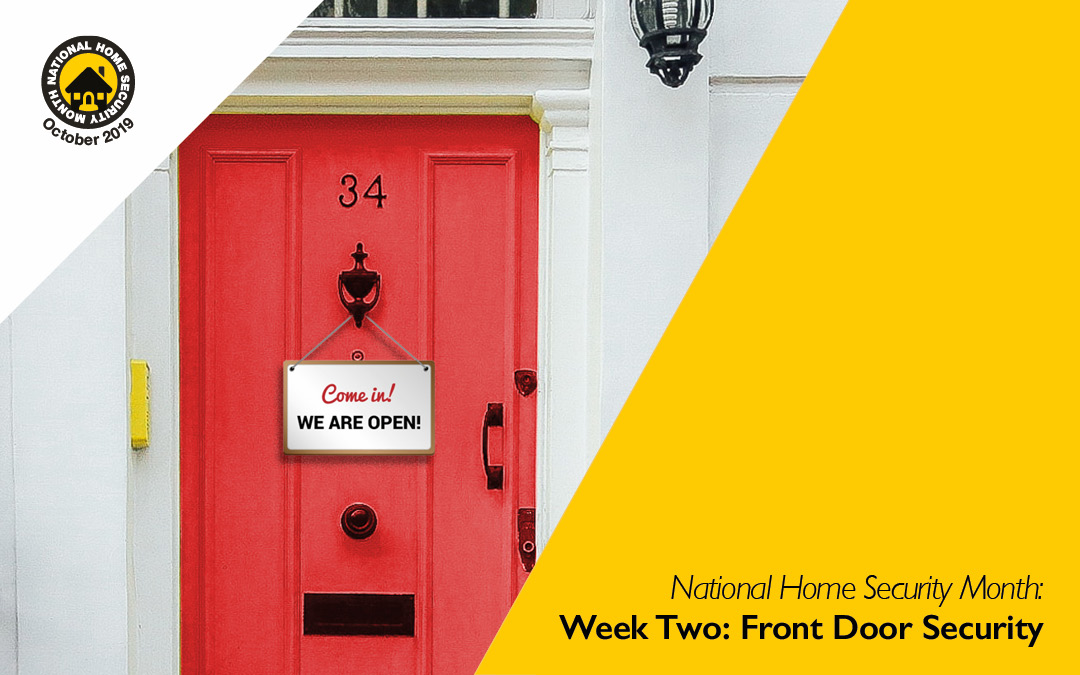Did you know 74% of burglaries are carried out via entry through a front door?
Burglary concerns everyone, yet 42% of UK residents regularly leave their doors unlocked and only think about locking it if they’re away overnight which is why National Home Security Month’s focus on front door security is vitally important.
Improving Front Door Security
Lock your Front Door
It sounds obvious, but you should get into the habit of locking doors even when you’re at home. No matter how high quality your locks are, they’re not protecting you if they’re not used.
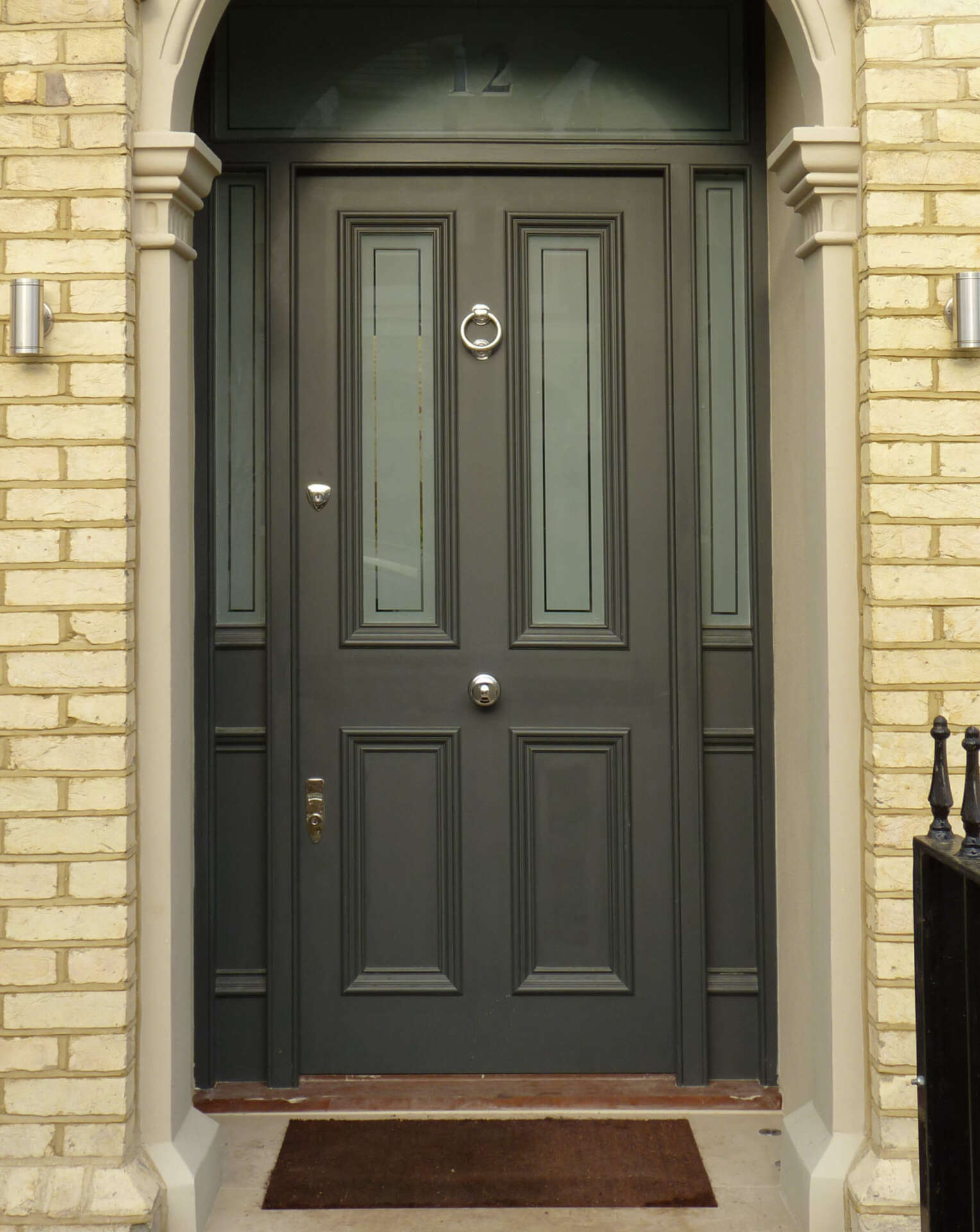
Secure your Letterbox
An unsecured letterbox allows intruders to unlock the door from the outside, see any valuables or nearby keys and depending on the number of letters, determine how recently you’ve been home. Fit a draft excluder or cage, your letterbox should be TS 008 compliant to prevent fishing, where items are removed from your home via the letter plate.
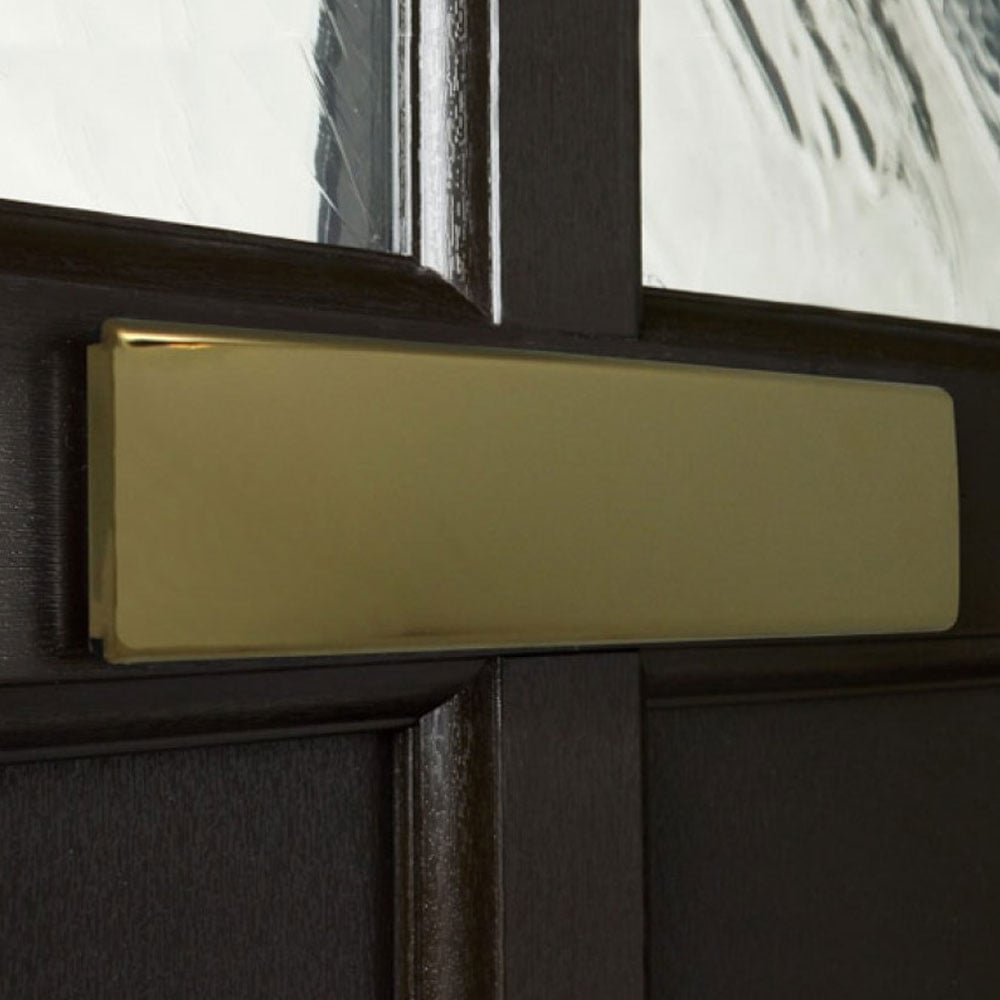
Dealing with Strangers
Before Opening the Door:
- Look who’s at the door, use a wide-angle peephole, security camera or window if you can, before doing anything else. Consider a smart doorbell so you can see who is at the door, even when you’re not home. Burglars will be bold enough to knock or ring your doorbell and force their way in.
- Don’t ignore them, even if you don’t recognise them. Ignoring them will suggest no one is home, try making noise or switching on lights.
- Make yourself heard, instead of opening the door, shout “who is it?” or if you’re alone, “I’ll get it” giving the impression of more people.
- Have a ‘No Sales’ sign, don’t feel rude telling people to leave who don’t respect your request.
When Opening the Door:
- Open cautiously, until you know who it is and why they’ve knocked. Don’t give a full view of your house, a door chain would help.
- Keep them on the doorstep, don’t feel pressured to invite people in.
- Don’t give away information, if they’re asking questions you don’t feel comfortable answering, like when you’re at home or work, tell them so and ask them to leave.
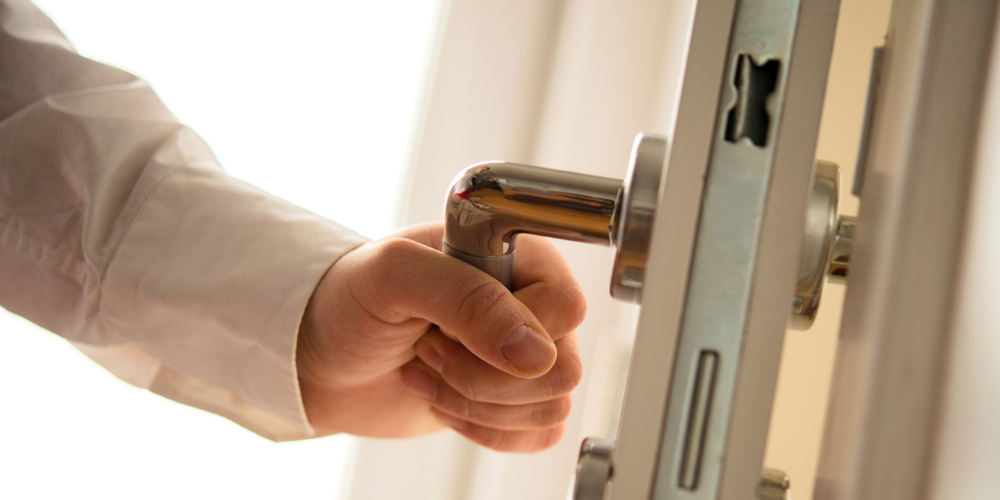
Consider your Windows
If a burglar can’t get through your door, they will try the windows. Keep windows locked and never leave keys in them, burglars will smash the glass and use the keys to get inside.

Keep an eye on your Keys
Burglars know where people leave their spare keys, they will check plant pots, doormats and garden ornaments.
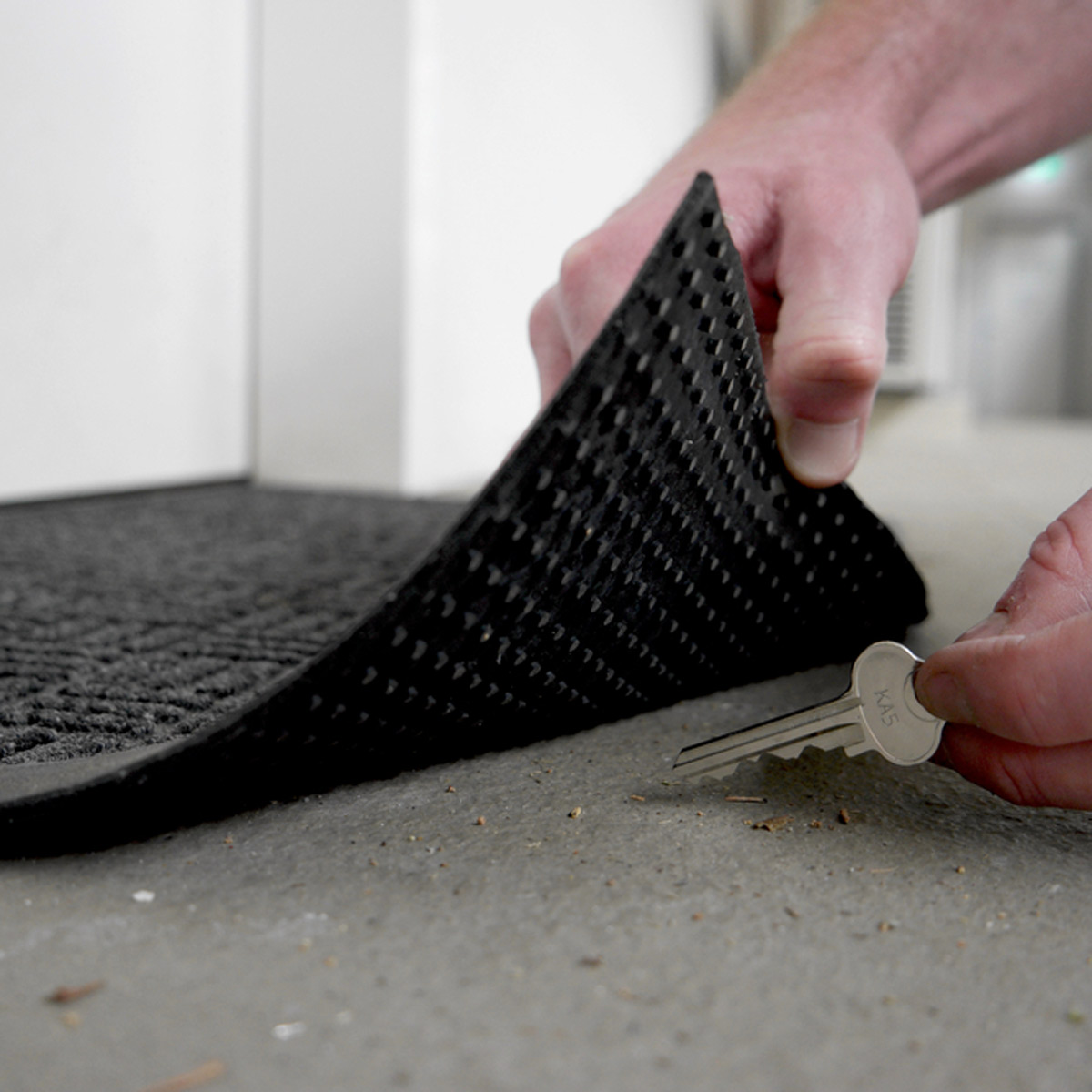
Get Smart
Smart locks mean you don’t need physical keys, opening and locking your house virtually on your smartphone. It’s very convenient.
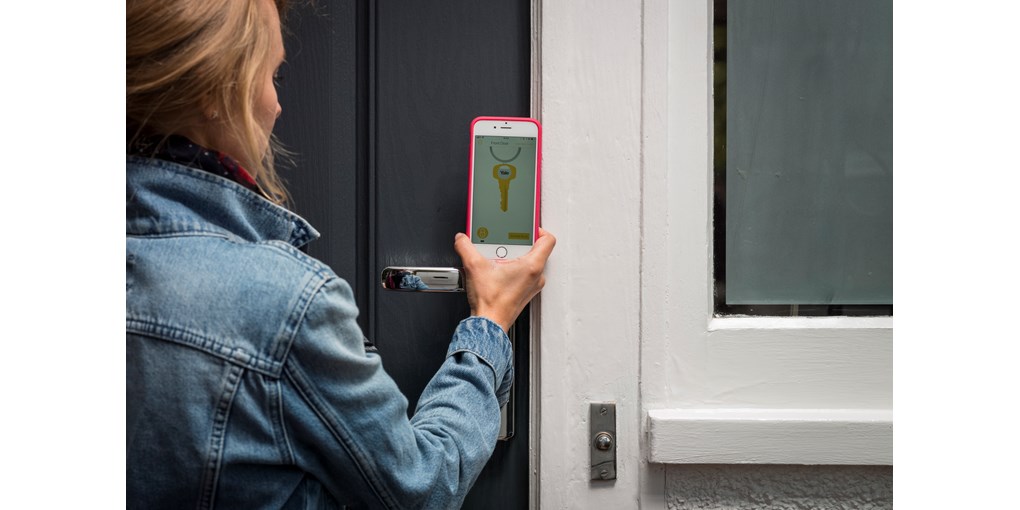
Monitoring
Visible alarm and CCTV monitoring is an effective intruder deterrent and allows homeowners to be aware of what is happening at your home 24/7.
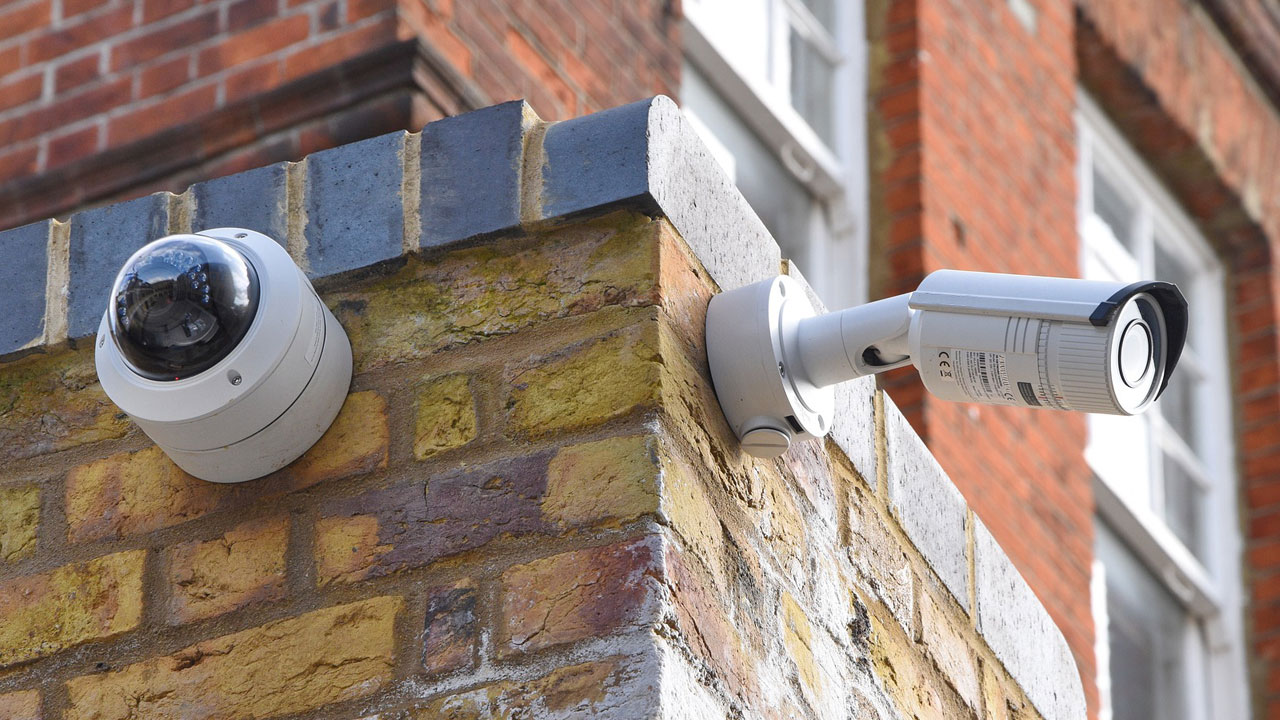
It’s not just about your Front Door
Consider all doors at your property, including back and any French or patio doors. If you have an inner and outer front door, both should be secure. A motion sensor light will alert you and your neighbours to potential intruders.
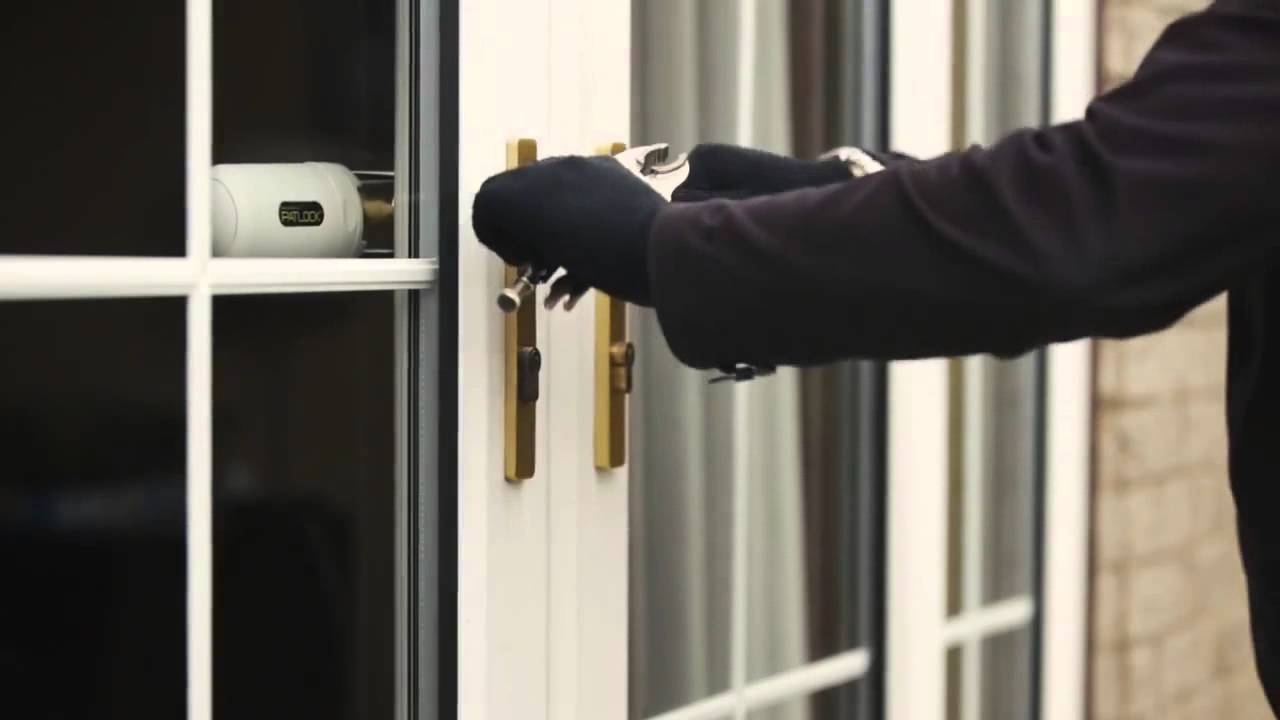
Anti-Snapping Lock
All door locks should be British Kitemarked and approved to TS 007 three-star rating, assuring the lock is proofed against snapping, drilling, picking, cutting and forcing.
Locks are only as good as the door they’re fitted to, rotten or weak materials should be replaced and the frame well fixed.
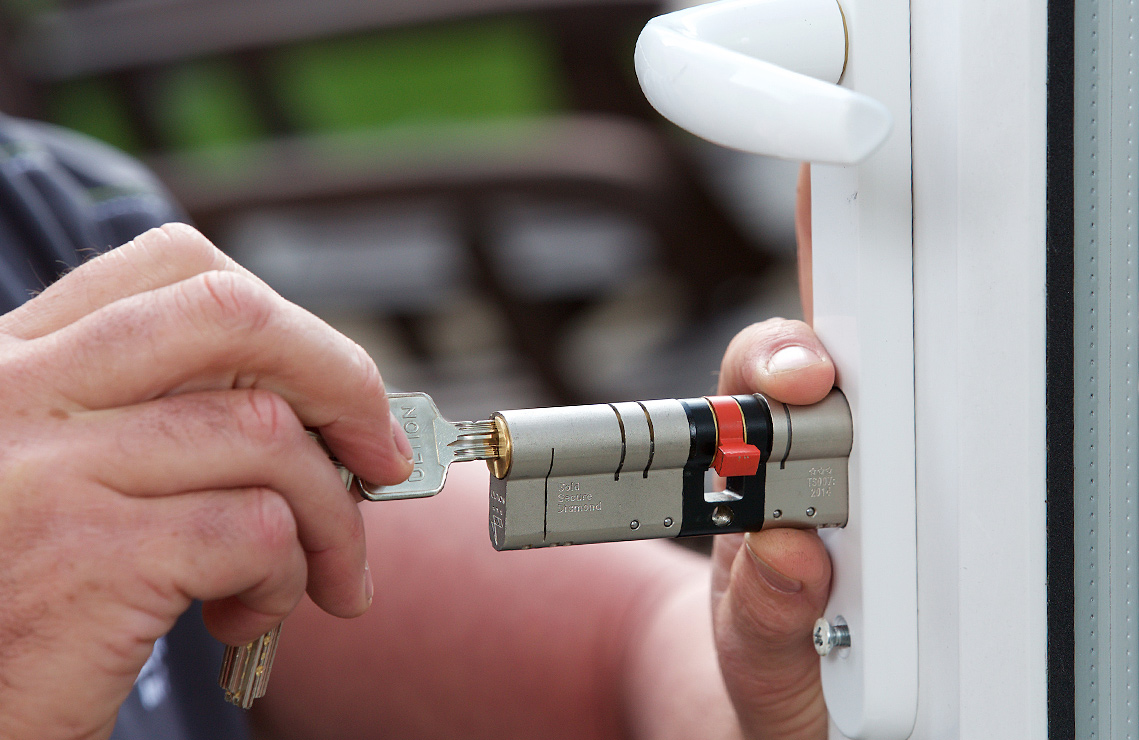
Join the Neighbourhood Watch
A Neighbourhood Watch scheme can reduce crime rate and is the perfect way to get to know your community and neighbours. A Neighbourhood Watch sticker in your door is a cheap and effective deterrent.

Know your Neighbours
Burglars will look at all homes on the street and choose the least secure. Make sure you and your neighbours have a similar level of security, so burglars cannot single houses out.
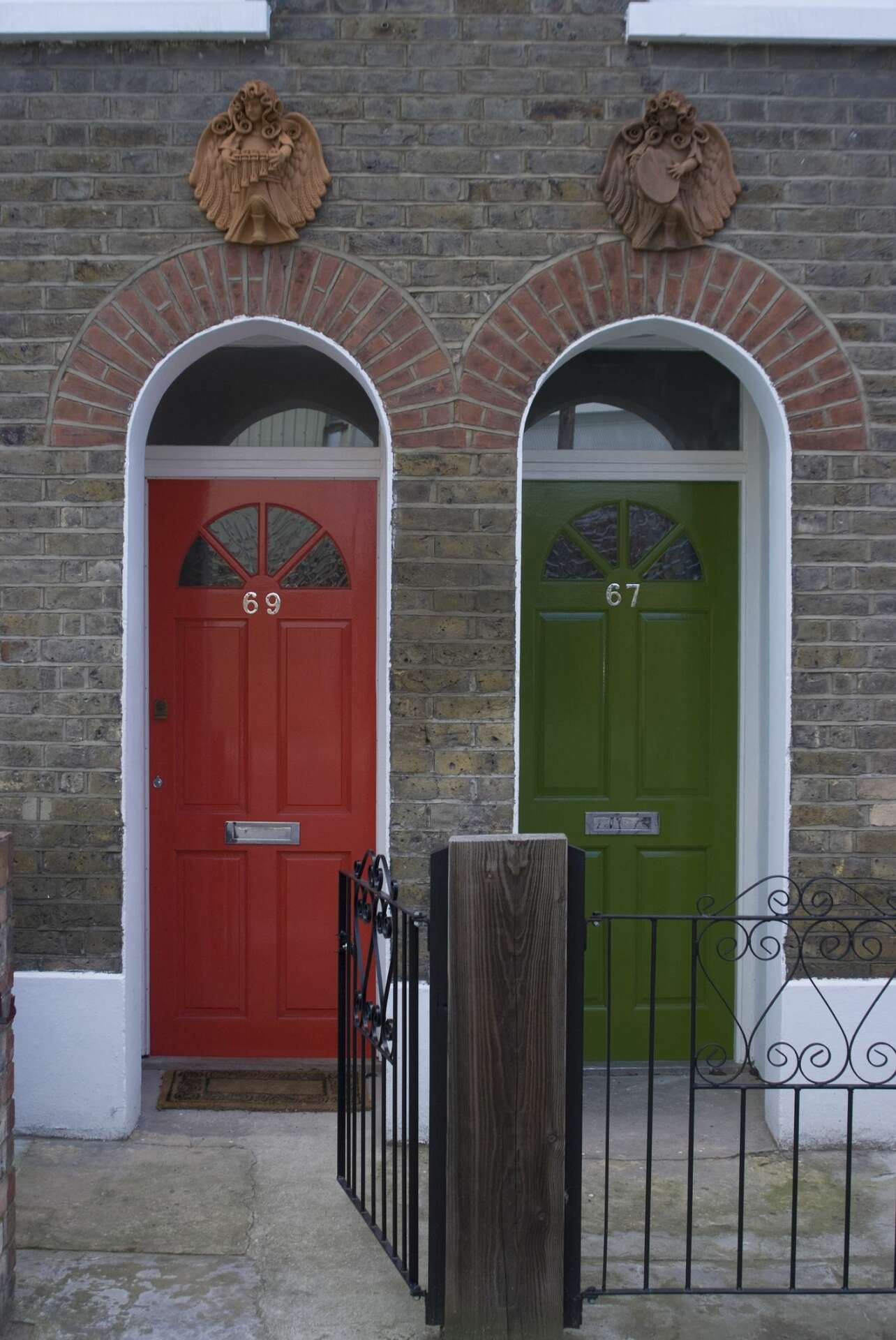
The standards and legislation you should know:
The British Standards Institute (BSI) controls testing and certification for doors, windows and locks, they will display the British Kitemark. The Kitemark is proof it meets the minimum legal requirements for quality and an excellent visual deterrent.
BS 3621
BS 3621 concerns locks operated by key, inside and outside a door, tested against common burglary techniques. A compliant lock, sometimes known as insurance approved locks, will have BS 3621 stamped on the faceplate with the Kitemark.
For a lock to meet BS 3621 it must have:
- 5 levers having at least a 1000 key differs
- Measures to prevent picking those 5 Levers
- Anti-pick qualities
- Hard plates to protect the lock from drilling
- Minimum of 20mm bolt throw into the door frame
PAS 24
PAS 24 is a standard independent pass or fail test on the security performance of doors and windows, it doesn’t test individual components. It tests against all-weather, attack methods and excessive force up to 1.5 tonnes.
Technical Specifications
TS 007
Introduced in 2011, to combat growing concerns over lock-snapping crimes, TS 007 is the specification for protective door furniture and replacement cylinders, defending against all methods of forced entry including drilling, picking, snapping, bumping and plug extraction.
TS 008
TS 008, a response to lock manipulation and fishing, is the standard for security requirements for all letter plate assemblies and slide through boxes, that allow mail to pass through a door or door side panel. It specifies fire and smoke protection if inflammable materials are posted.
To be fully PAS 24 certified, a door must have a TS 008 letter plate.
TS 621
TS 621 is the standard for smart locking devices, a reply to market necessity for third-party certification of thief resistant electronic door locking devices. All aspects of the smart lock must undergo rigorous testing against quality, durability, physical attack, electronic manipulation and hacking. It covers all residential electronic locking devices used in doors, window doors and entrance doors. It is designed to give homeowners peace of mind, enjoy the convenience and benefits of a smart lock without security compromise.
Technical specifications are certified by the BSI.
CE Marking
The CE symbol shows security products meet the European Union’s (EU) minimum fire, health, safety and environmental requirements and allows free movement within the European market.
Manufacturers, installers, fabricators and suppliers have the responsibility for ensuring CE marking.
Approved Document Q
Approved Documents provide guidance on how to meet building regulations, ADQ is important if you’re thinking of building your own home. It protects all new homes where all new doors, garage doors and windows should meet PAS 24, or other standards that meet or exceed this.
Secured by Design
Secured by Design (SBD) is a Police initiative, promoting the use of security products, like doors, windows and locks which have received the SBD approval by meeting its rigorous testing guidelines. Over one million homes have been built to SBD standards in the last 30 years, these homes are 75% less likely to be burgled, with a 25% decrease in criminal damage.
Find their list of SBD certified companies here.
Fenestration Self-Assessment Scheme (FENSA)
FENSA is a Government-authorised scheme monitoring building regulation compliance for replacement windows and doors. Using a FENSA certified installer means you can be sure any replacements in your home meets the relevant Building Regulations.

About APG
The Asset Protection Group comprises a group of Fire & Security companies with shared ownership and one common goal, protecting your most important assets. As a collective group, we look to offer protection to your assets to assist you with your ongoing success within your own business.

